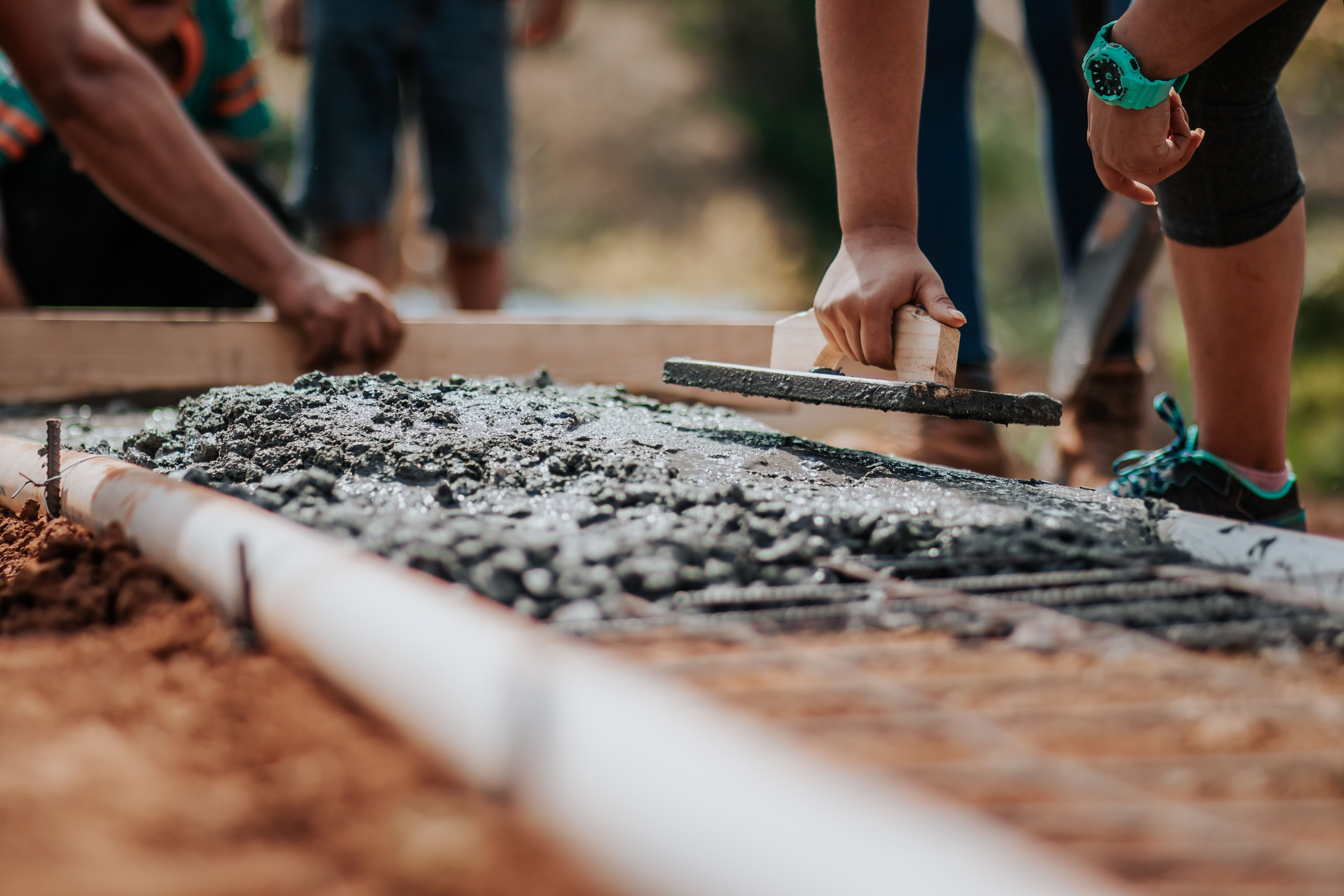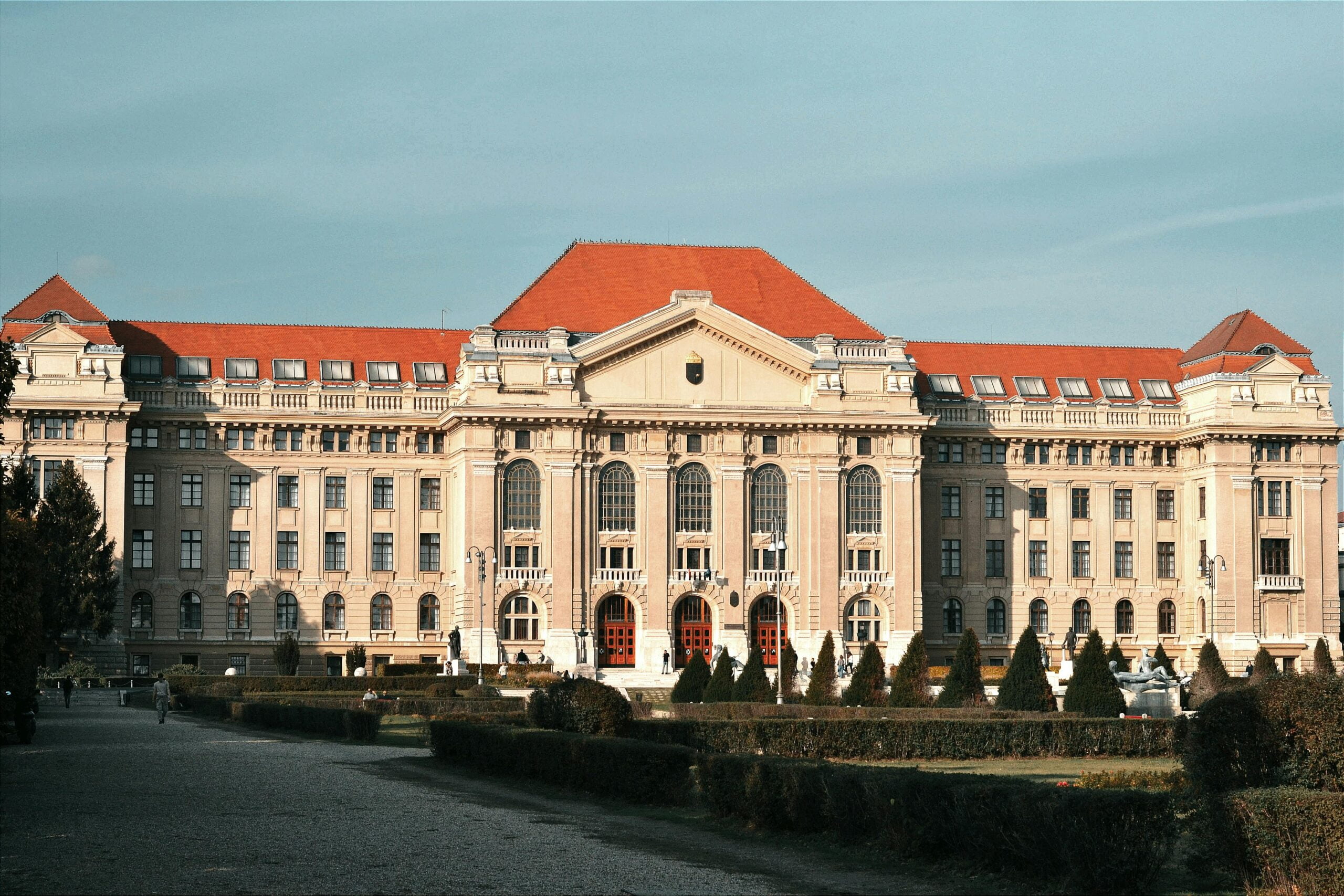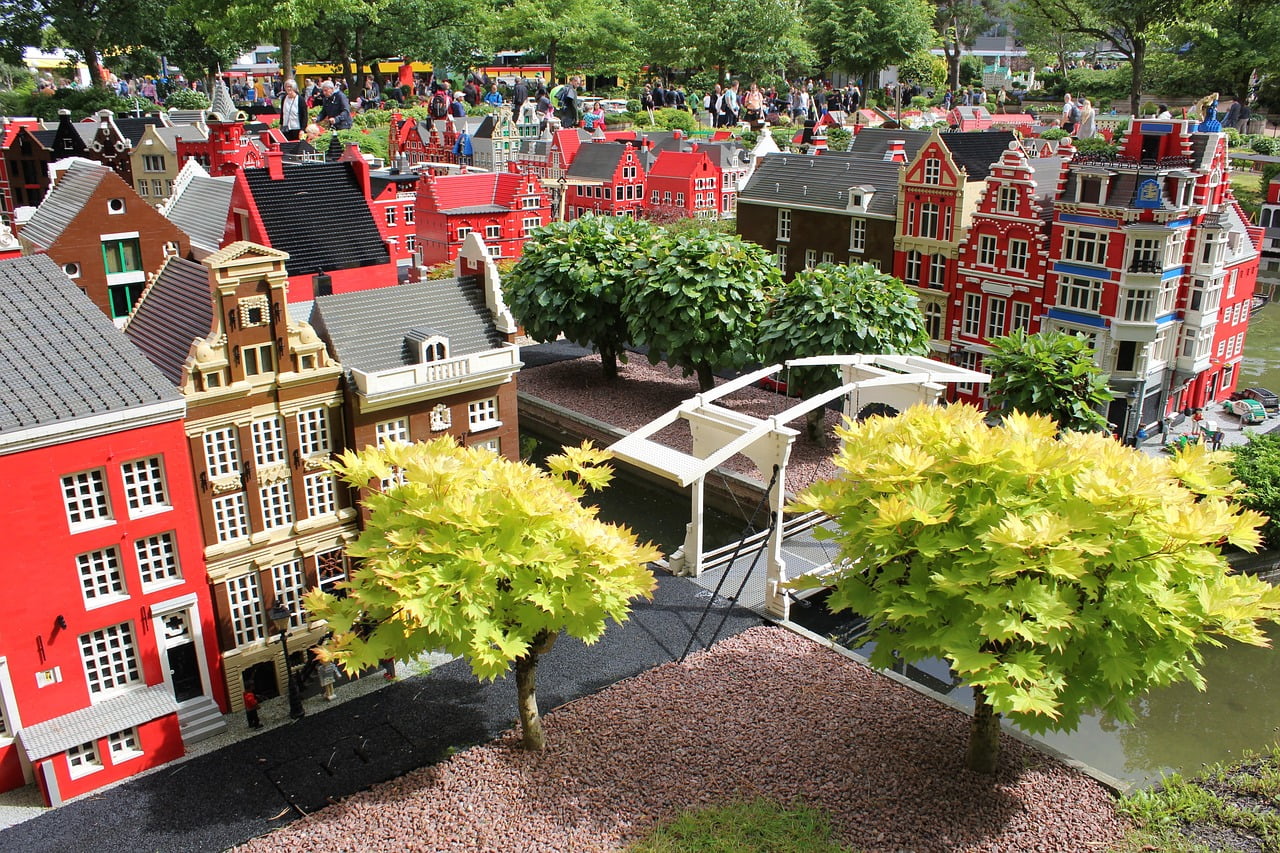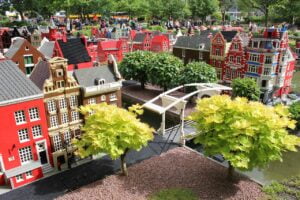What is Admixture in construction?
An admixture in construction is a natural or artificial ingredient that can be added to concrete before or during the mixing process either as a dry powder or a liquid, in addition to cement, water, and aggregates. To enhance the qualities of regular concrete and make it appropriate for critical situations such as casting, stacking, or service stage. The impact of admixtures is determined by the qualities of the concrete. Because of variations in cement brand, aggregate grade, mixing proportion, and other factors, predicting the effect is challenging. It is separated into two categories:
- Chemical
- Mineral
Types of Admixture used in construction
Admixtures can be classified into different types based on their chemical and physical properties. We will go through around 12 distinct forms of admixtures used in concrete:
Accelerating Admixture
- It is used to reduce the initial time of the concrete and it also speeds up the hardening of concrete (calcium chloride is mostly used here).
- It also improves the strength of concrete by increasing the rate of hydration.
- Increase the rate of early strength development
- Reduces the time necessary for curing.
- Some of the accelerating admixtures are triethanolamine, calcium formate, silica fume, calcium chloride, silica gel, and others.
Retarding Admixture
- Retarding admixtures reduce the early hydration of cement and increases the first setting time of concrete.
- It also accelerates the effect of hot weather and makes concrete suitable for long-distance transport.
- Suitable for use in grouting oil wells.
- Commonly used retarding admixtures are gypsum or sulphate and others are starch, cellulose products, common sugar, and acid salts
Air Entraining Admixture
- This is the most important invention in concrete technology.
- Small air bubbles are produced uniformly throughout the concrete mix to improve cohesiveness and resistance to freeze-thaw deterioration.
- It increases the workability of concrete without affecting the hardening rate and also prevents segregation and bleeding.
- Most commonly used air entraining admixtures are vinsol resin, darex, teepol, cheecol, and others.
- Natural wood resins, alkali salts, animal and vegetable fats, oils, and other materials are used to make these admixtures.
Water reducing Admixture
- Water reducing admixtures are also known as plasticizers & superplasticizers.
- It can reduce the water content needed to reach a required slump by 5-10%.
- Plasticizers aid in the achievement of high practicability without the use of excessive water under tough settings.
- Furthermore, it enhances the strength of concrete, creates a solid connection between concrete and steel, and avoids cracking, segregation, honeycombing, bleeding, and other problems.
- Plasticizers that are often utilized include calcium, sodium, and ammonium lignosulphonates.
Pozzolanic Admixture
- Pozzolanic mixes are used to create a thick concrete mix that is ideal for water retention structures like dams, bridges, and reservoirs.
- It is also used to reduce the heat of hydration and thermal shrinkage.
- Natural or synthetic pozzolanic minerals are utilized as admixtures.
- Natural occurring pozzolanic materials are clay, shale, volcanic tuffs, etc. and artificial pozzolanic are fly ash, silica fume, blast furnace slag, surkhi, etc.
Gas Forming Admixture
- The most popular gas-forming agent is aluminum powder.
- Per bag of 100g of aluminum, the powder is used to make the production of lightweight concrete.
- A minor amount of gas-producing admixtures, typically 0.5 to 2 percent by weight of cement, is employed for settling and bleeding resistance.
- As a gas-forming agent, zinc, magnesium powders, and hydrogen peroxide are also employed.
Moisture Proof/ Damp-proofing Admixture
- It is used to make the concrete construction watertight and to prevent moisture from accumulating on the concrete surface.
- Apart from waterproofing, it also accelerates concrete hardening in its early stage.
- It is available in powder, liquid, paste, etc.
- Aluminum sulphate, aluminum chloride, zinc sulphate, calcium chloride, sodium silicate, and other chemically active pore fillers are the key ingredients of this Admixture.
Air Detraining Admixture
- It is used to remove excess air from the concrete void.
- Because aggregates can sometimes release gas in concrete and entrained air is more than necessary, this sort of combination is helpful.
- Tributyl phosphate, silicones, water-insoluble alcohols, and other commonly used detraining combinations.
Anti- wash Admixture
- It is used especially for underwater concrete structures.
- It prevents the concrete mixture from being washed underwater under pressure. It enhances the cohesiveness of concrete.
- It is prepared from natural or synthetic rubber, thickeners based on cellulose, etc.
Waterproofing admixture
- Water-resisting admixture and permeability-reducing admixture are other names for it.
- It stops water from passing through hard concrete and regulates the permeability of the concrete.
- It obstructs the concrete’s capillary holes.
- It prevents capillary absorption-induced water absorption in the pores.
Chemical Admixtures
Chemical admixtures are the most common type used in construction. They are added to concrete, mortar, cement, etc. to enhance their properties. Chemical admixtures can be further classified into different types based on their function and chemical composition. The most common types of chemical admixtures include water reducers, retarders, accelerators, air-entraining agents, and superplasticisers.
Superplasticisers
Superplasticisers are a type of chemical admixture that is added to concrete, mortar, etc. to improve its workability. It increases the flow ability of the mixture without increasing the amount of water in it. It is very useful when the concrete needs to be pumped or placed in difficult-to-reach areas.
Special Types Of Admixture:
- Super plasticizing admixtures.
- Corrosion inhibiting admixtures.
- Grouting admixtures.
- Coloring admixtures
- Bonding admixtures
There are several other types of admixture used for construction and that are available in the market like alkali-aggregate expansion inhibiting admixtures and fungicidal, germicidal, insecticidal admixtures.
Function of Admixture
- To accelerate the initial setting time of the concrete
- To reduce the water required
- Improving the curing of the concrete
- Offsetting or reducing shrinkage
- To improve hardness,
- To reduce bleeding and the evolution of heat
- dispersing cement particles when it is mixed with water.
- To improve the penetration and permeability of concrete.
- To increase the durability of concrete
- To offset or reduce some chemical reactions.
- To improve wear resistance.
- To prevent corrosion of reinforcement in concrete.
- To create fungicidal, antibacterial, and pesticide concrete.
- To create concrete surfaces that won’t slide, create non-skid, coatings.
- Withstand the effects of thawing and freezing.
Applications of admixture in construction
- Construction of bridges, tunnels, high-rise buildings, and pavement.
- Building masonry walls, plastering, and tile setting.
- Construction of slope stabilisation and tunnel lining.
- Soil stabilisation, grouting, and precast concrete.
Advantages of Admixture
- Adding admixtures makes concrete more cost-effectively and reduces the amount of cement needed for construction.
- Concrete mixing can hasten the setting process.
- Additionally, additives can be employed for other purposes, such as changing the color of cement.
- It reduces the early hydration heat and solves the thermal cracking issue in concrete.
- Concrete’s initial strength is provided by additives.
- Increase strength, workability, and durability.
Disadvantages of Admixture
- CaCl2 has a significant risk of steel corrosion and is not permitted in reinforced concrete.
- It is both more costly and ineffective.
- This resulted in greater drying shrinkage.
- This decreases resistance to sulphate assault.
To read more about admixtures, Click Here











